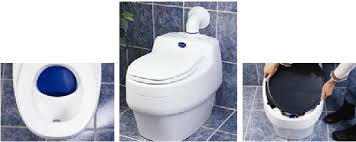Composting toilet systems are an innovative and sustainable solution designed to manage human waste efficiently while benefiting the environment. By converting waste into nutrient-rich compost, these systems serve as an eco-friendly alternative to traditional water-flushing toilets, particularly in areas where water conservation or off-grid living is a priority.
How Do Composting Toilet Systems Work?
A composting toilet system functions by breaking down waste into compost through natural aerobic decomposition. This process relies on bacteria, enzymes, and the right environmental conditions to turn human waste into a safe and practical soil amendment. The waste is generally separated into solids and liquids, with the solid fraction being processed in a chamber where carbon-rich materials like sawdust or peat moss are added. This ensures odor control and provides the optimal ratio for decomposition.
Advanced systems often include ventilation mechanisms to maintain airflow, preventing odors and speeding up the composting process. After some time, depending on the system type, the resulting compost can be safely removed and used in non-edible landscaping.
Key Benefits of a Composting Toilet System
1. Environmental Benefits: Composting toilets eliminate the need for water in waste management, drastically reducing water consumption. They also minimize the environmental impact associated with septic systems and sewage treatment plants.
2. Cost-Effective: These systems eliminate the recurring costs of water usage and sewage infrastructure, making them a long-term economical choice.
3. Versatile Applications: Ideal for remote cabins, boats, RVs, rural properties, and eco-conscious households, composting toilets are adaptable to areas with no sewer access.
4. Nutrient Cycling: Properly managed systems produce nutrient-rich compost that can be safely used in gardening and agricultural applications, closing the loop in waste management.
Things to Consider Before Installation
When planning to install a composting toilet, consider factors such as the system’s capacity, local regulations, and maintenance requirements. Most models require regular removal and handling of the composted material, as well as periodic refills of carbon additives like sawdust.
By investing in a composting toilet system, homeowners and organizations can contribute to water conservation efforts, reduce environmental stress, and manage waste sustainably—all while reaping practical benefits over time.
